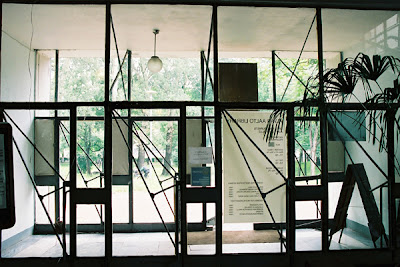The most common meaning of the word "ring" is a circular band worn as ornamental jewelry around a finger. A ring can be made out of almost any material, and is worn by both men and women. The custom of giving a ring has been around for almost 5,000 years.
Although rings can be worn on any finger (and "pinkie" rings are popular) in most of the world a wedding ring is placed on the fourth finger, known as the "ring finger". This can be traced to Roman times when Appianus is credited with saying that the ancient Egyptians found a nerve linking the left hand's ring finger to the heart. The Romans called this "nerve" the vena armoris or vein of love. Henry Swinburne wrote about it in his book about marriage, Treatise of Espousal, in 1680, thus ensuring that custom endured.
Today, besides wedding and engagement rings, we wear class rings, we hand out championship rings to our winning professional sport teams, we may even wear a mood ring (that changes color in response to body temperature via a thermochromic liquid crystal). Even the Pope wears a signet ring - the Ring of the Fisherman.
Throughout the centuries there have been many designs, including the infamous poison ring, with a little compartment to hold poison or drugs. But in case you think there is nothing new under the sun in terms of finger jewelry, here are some rings you may not have run across in your day-to-day activities...
Elsa Mora is a multimedia artist living in Los Angeles. She has several blogs focusing on her art, but the ring above is from her blog on papercutting - The Heart of Papercuts. The ring sold immediately upon her posting it!
Philippe Tournaire is a jewelry designer in Paris. Never having been formally trained, Tournaire let the world be his teacher. He travelled extensively and examined jewelry and techniques wherever he went. As news of his work spread by word-of-mouth, he began to exhibit some of his pieces in jewelry exhibitions to great fame. Of particular interest are his architectural rings...
 |
| Chinese Pagoda |
 |
| Moscow |
 |
| New York |
 |
| London |
Finally, There is a special ring for men who aren't sure about the response they will receive to their marriage proposal (see top image). If this is you, consider the "Hypnotic Engagement Ring", from the state that brought us former Governor Palin. This ring uses Scintillating Hypnogyration Technology (SHT - patent-pending) to send subconscious prompts. Featuring 1.41 carats of small round diamonds, this ring costs less than a ring with a single diamond of the same carat weight. As one happy customer says, "Why spend $10,000 to land a trout when you can spend $5,000 to land a trophy King Salmon?"
*******************************



































